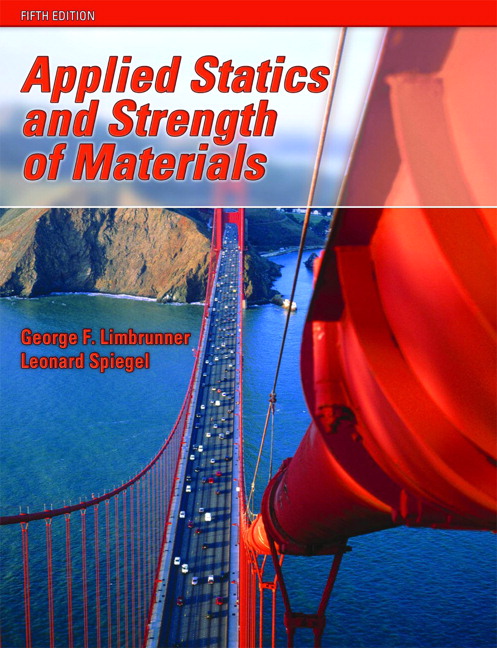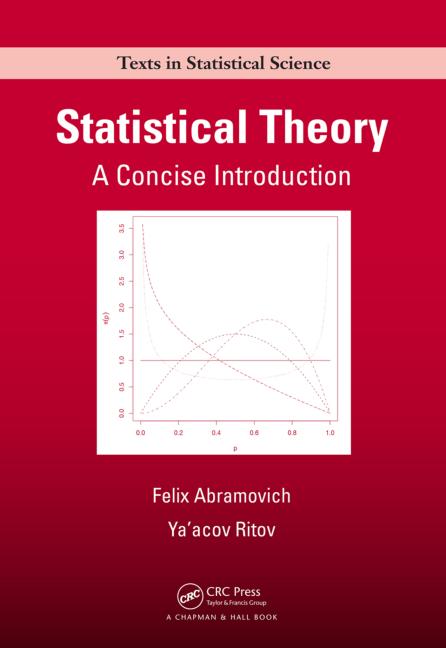The classical and extended occupancy distributions are useful for examining the number of occupied bins in problems involving random allocation of balls to bins. We examine the extended occupancy problem by framing it as a Markov chain and deriving the spectral decomposition of the transition probability matrix. We look at three distributions of interest that arise from the problem, all involving the noncentral Stirling numbers of the second kind. These distributions give a useful generalisation to the binomial and negative-binomial distributions. We examine how these distributions relate to one another, and we derive recursive properties and mixture properties that characterise the distributions.
翻译:暂无翻译
相关内容
Arxiv
0+阅读 · 2023年7月25日
Arxiv
0+阅读 · 2023年7月21日




